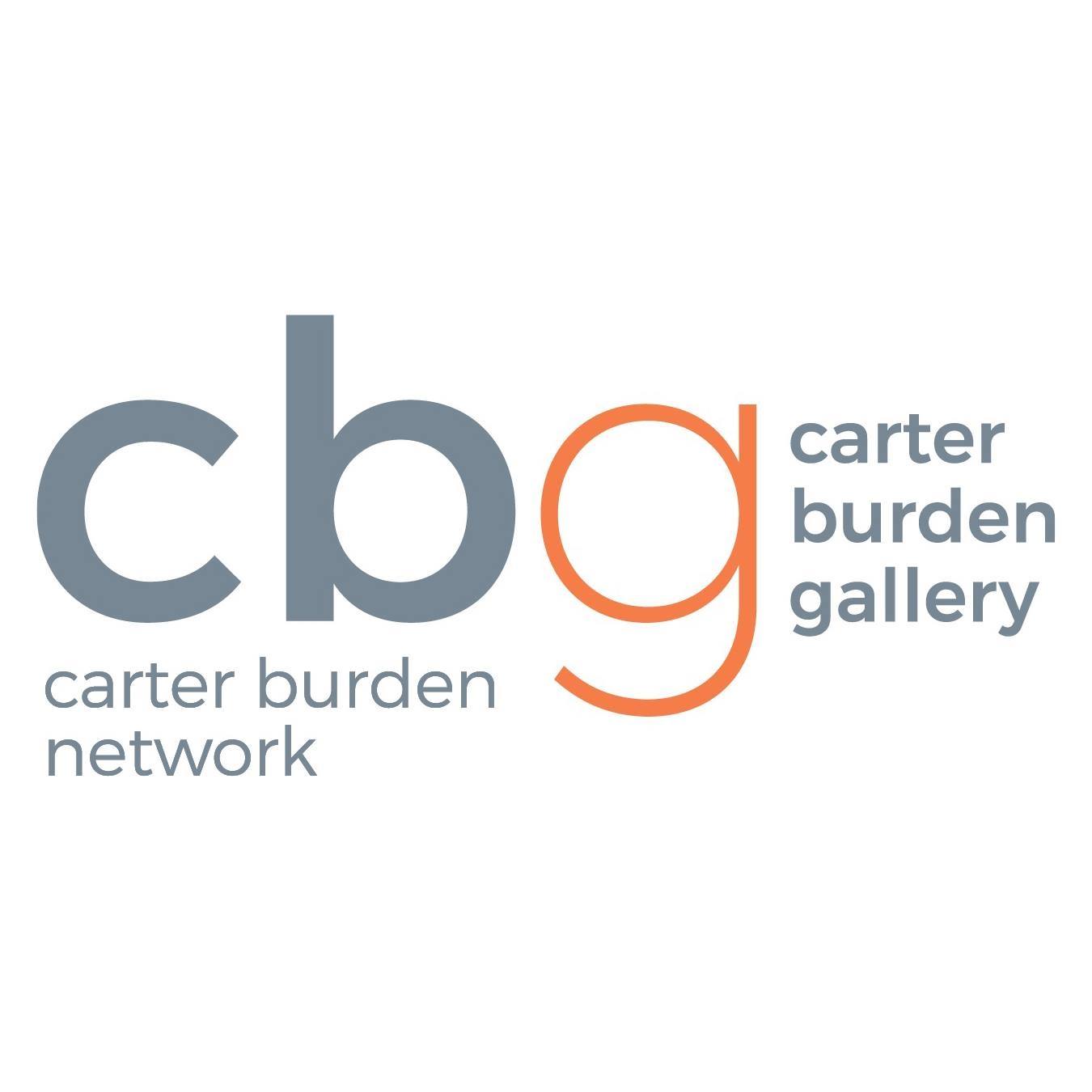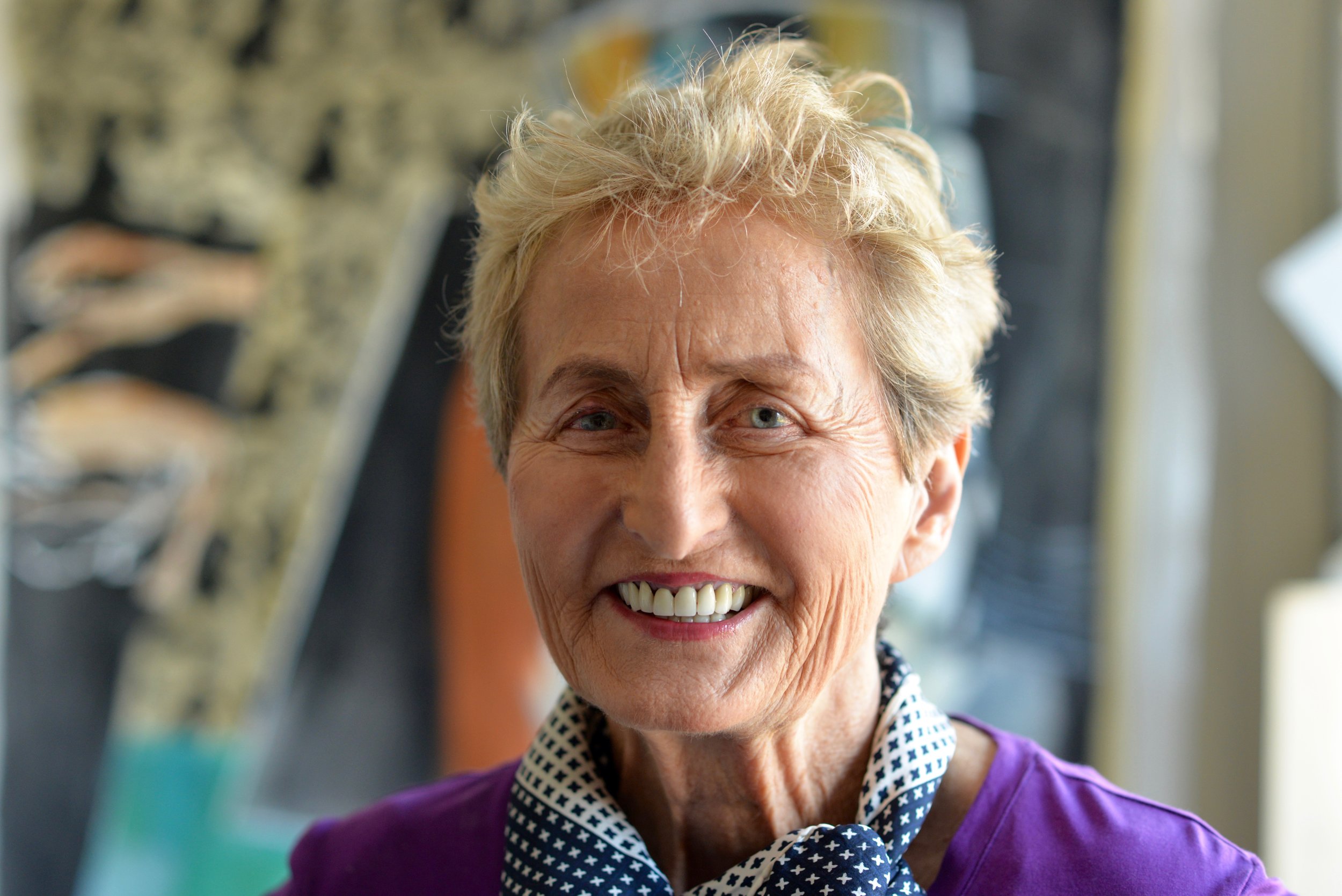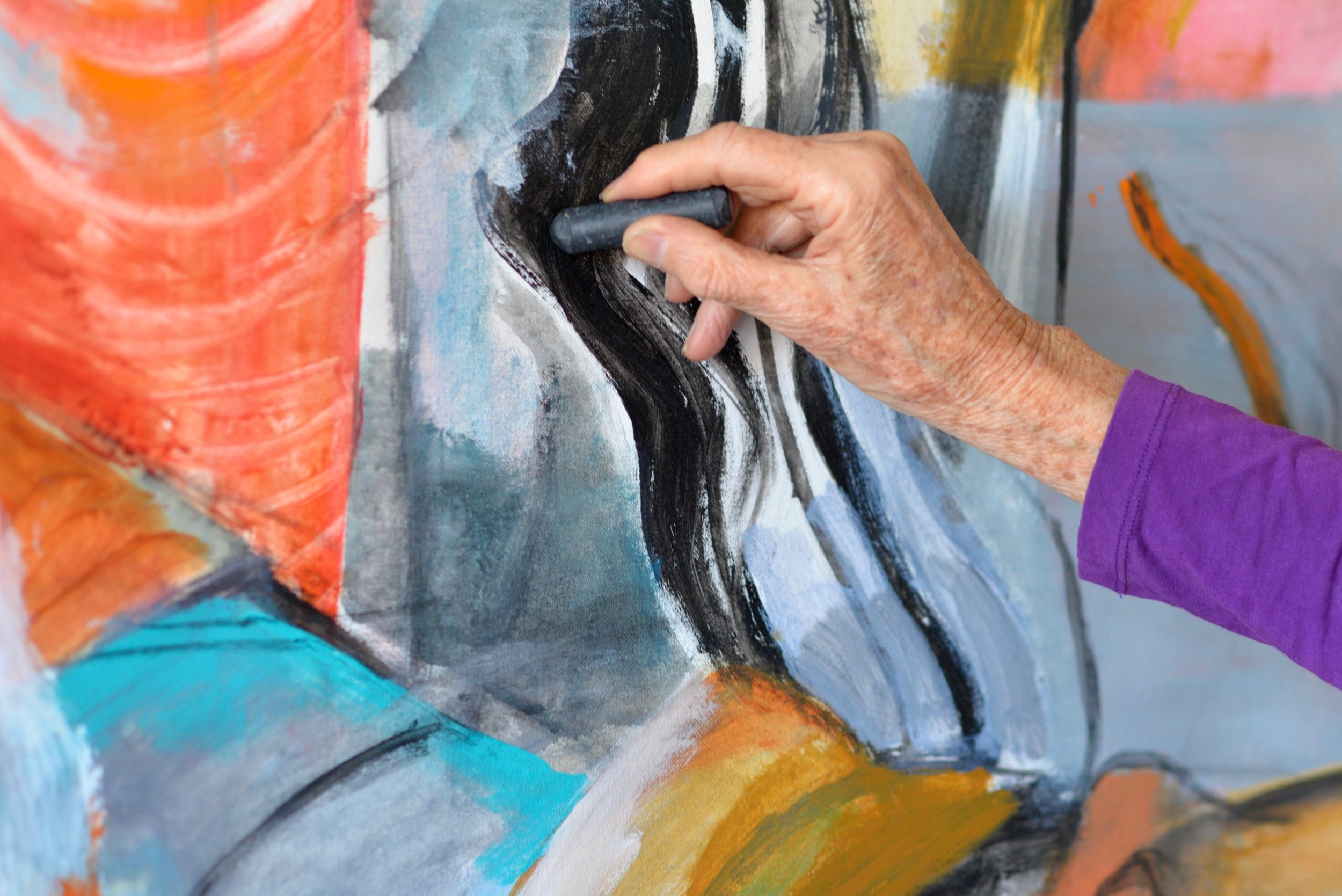Marilyn Church
Marilyn Church, October 2016
I was fortunate to visit Marilyn Church in her studio in October as she was preparing for her November exhibition. The exhibition which opened yesterday, combines eight of her historic courtroom drawings with six of her recent figurative abstract paintings. Marilyn Church's unique journey as an artist includes being a courtroom artist since 1974. Over the years, her very public courtroom drawings have become intertwined with her painting practice.
BH: How has your work as a courtroom artist influenced your paintings?
MC: I spent almost forty years in the courtroom listening to other people's stories. I became so immersed in their narratives. In my imagination I would go through the recounted scenes at night. I felt so frustrated that I couldn't find a way to get my experiences in painting. I wanted to find a way to put my own story on canvas. Gradually, over the years, I went from working with representational figures to abstract forms to more representational figures again. This transition has evolved to allow me to become more in touch with my own story. It is now in a place where the figures are recognizable and in situations that affect me emotionally.
A Dance to the Music of Time, acrylic and mixed media on canvas, 42.5" x 38.24", 2016
BH: Who do your figures represent?
MC: I think all artists are telling their own story in some way. It is a lot of struggle with problems and ways to see around them. To light and dark situations in my life. To go more into depth about things that disturb me. For instance, in this painting is from a dream I had underwater. I am a big swimmer and I spend a lot of time swimming. Swimming and water scenes appear a lot in my work. This painting was about a dream where I was submerged and I was finding my way through openings. The legs on the right are drifting up into the light. I did not want to paint it literally. I am expressing it in an abstract way. It is a feeling about seeing a way out.
Voyage (detail), 2016
I am not a dog lover, but I am fascinated about people's love affairs with their pets. I am thinking of calling it First Love. There is something passionate going on between this woman and her dog. It is repeated in the wallpaper behind them.
First Love (detail), 2016
BH: Can you tell me about your process?
MC: There are many aspects of my life in my art. And most of my subject matter and ideas come out of drawings. I start playing with the many figure drawings that I have done over the years. Many times I cut them apart and regroup them or collage them. Then they spark new ideas or provoke memories. In this painting, I was fascinated by the background coming into the foreground and being able to be interpreted as either. The back of this figure disappears but then I added the red line for more definition. I am most pleased when I see spaces and objects coming forward and backward in space creating movement and mystery. This figure is in the foreground but she is smaller than others in the background. It’s dissonance, being off balance and ambiguity that intrigues me.
BH: How do you create the strips of paint that are mixed into the surfaces?
MC: It is dried acrylic paint that I lift off of the palate. I purposely put the paint on a glass palate so that I can dry the paint after a certain amount of time. I lift it off with a spatula. It achieves a texture that I love working with. It also creates a new space and layer that adds another dimension and deeper interest to a painting.
The exhibition is up through November 22nd. We hope you have an opportunity to see the work!














